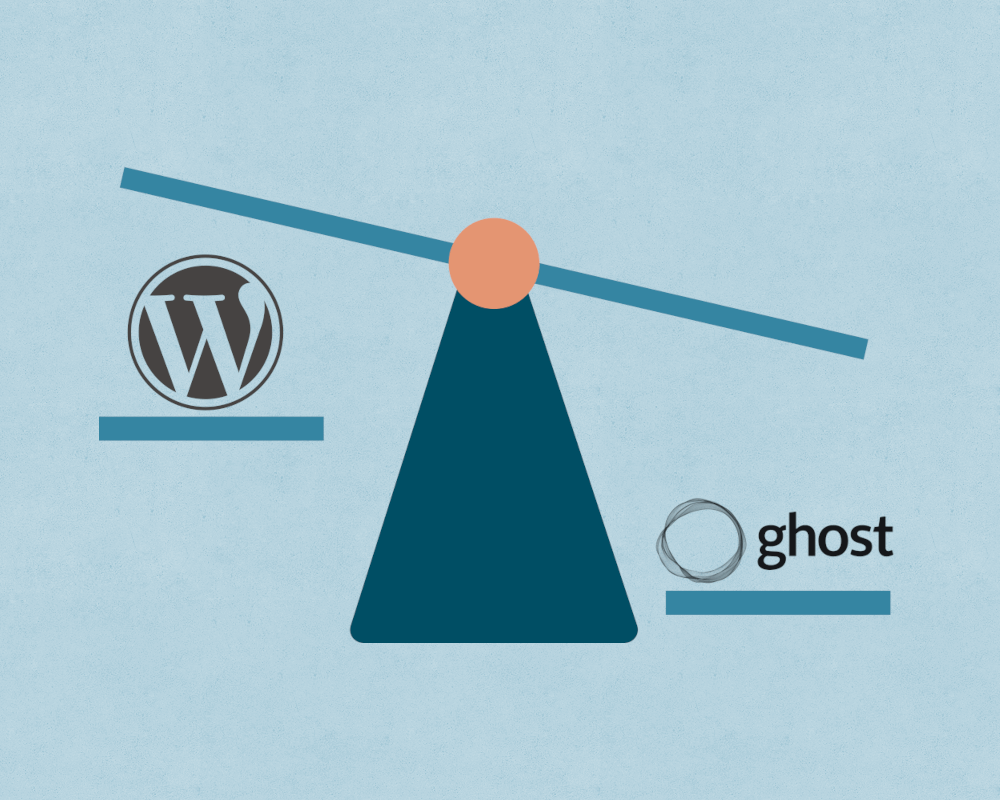5 Ways to Spice Up Your Email Newsletter Content

We write quite a bit here about making your email newsletter the foundation of your publication's business strategy.
As you start to put more attention on your email newsletter, you will want it to stand-out and have a unique voice that reflects the editorial vision of your wider publication. And you will also want it to have interesting content that will appeal to your readers and subscribers.
Doing this in the narrow constraints of an email newsletter can feel like a challenge and it can be easy to fall into the trap of pushing out something that is basically just a list of articles you recently published on your website.
To help you get the creative juices flowing, we've pulled together 5 ideas to spice up your newsletter and make your email content really stand out.
1.) Go In-Depth
This first idea might seem counter-intuitive but you can switch up your email newsletter content by providing occasional in-depth pieces. This has been a strategy that has worked especially well for paid newsletters.
The Dispatch is one of the most well-known of these paid email newsletters that grew to over $1 million in paid membership revenues in just 6-months by going in-depth on political policy issues.
George El-Hage, the CEO of Wave Connect, agrees noting that one of their clients, introduced an in-depth newsletter series focusing on industry challenges and solutions and saw a 35% increase in subscriber engagement as a result.
This strategy might not work for all areas, but if you cover a niche topic or if there are interests in your geographic area that you can cover more in-depth, it can be a great way to either add a new paid email newsletter or to switch up your free newsletter content from time to time.
2.) Interview a Member
Across our review of 100 different local news websites, we saw several that featured engaging interviews with subscribers/members as part of their email newsletters. This is a great way to switch up your usual flow of newsletter content while providing something that creates a connection with your readers and subscribers.
As an added bonus, you can push subscriptions/memberships this way by only featuring your paid members.
3.) Start a Game or Contest
Another way to connect with your readers and subscribers is to offer some sort of game or content inside of your newsletter. In our review, we saw a great example of this in the newsletter of Seattle-based The Everygrey.
They do a regular “I Spy” contest in their newsletter where they show a picture of somewhere around Seattle, and then they give a prize to the first person who responds. Like the interviews, this is a fun way to create some interaction with your readers and also like the interviews, you can make this a perk only for paid subscribers.
4.) Feature Tweets or other Social Media
Many publishers grapple with social media and how to incorporate it into their content. One way that we have observed from multiple email newsletters is to feature Tweets or other social media posts around a given topic. It could be one tweet per newsletter that is relevant to your area or it could be a curated group of posts that tell a story.
By doing this you can create an interesting feature where you can also add your own commentary to the conversation that's happening on social media. You could even take this one step further and find a social media influencer you can partner with using an influencer marketing platform.
5.) Create an Email Course
An emerging type of newsletter content that has been around for some time in eCommerce but is just starting to make its way into news and other media publications is Email Courses. The idea behind an email course is to have an automated series of content that is broken into multiple emails over the course of several days. This is a great way to break up a really in-depth subject into an engaging process that a reader can follow at their own pace yet without being overwhelmed by too much content in a single newsletter. It also has the great benefit of “training” your readers to open your emails.
In the course of our local news review, we came across a great example of an email course from the Pittsburgh-based PublicSource. They have an email course that is titled “Understanding Fake News” which over the course of 3 emails in 3 days gives practical tips to help their readers spot fake news.




